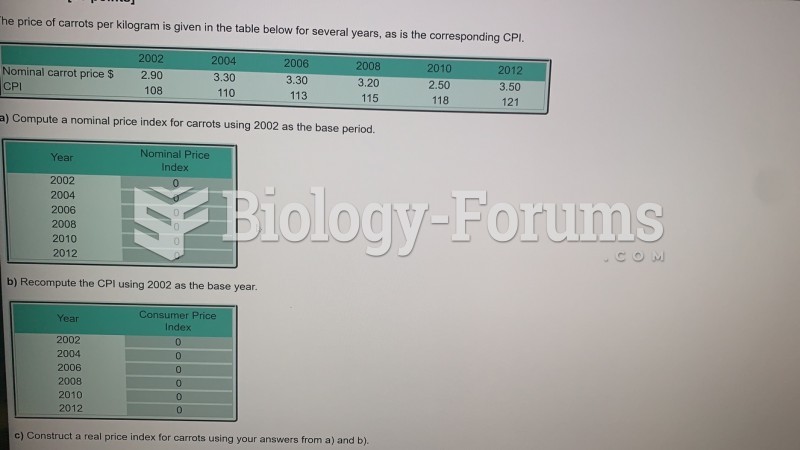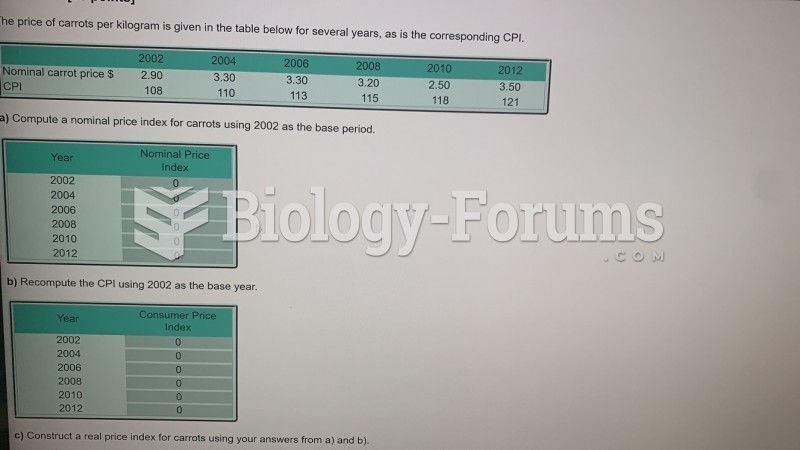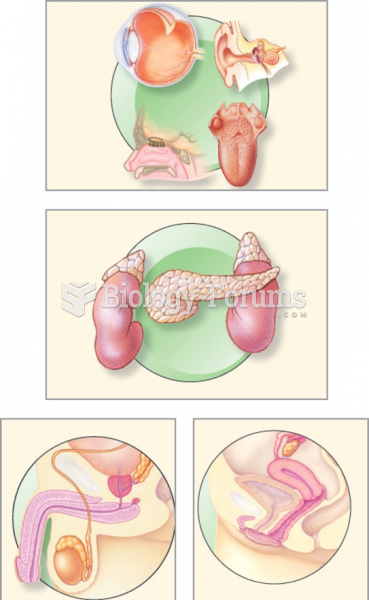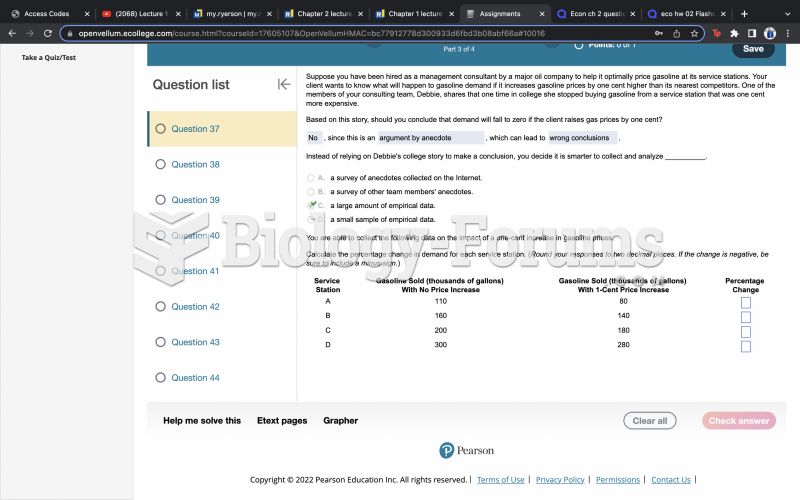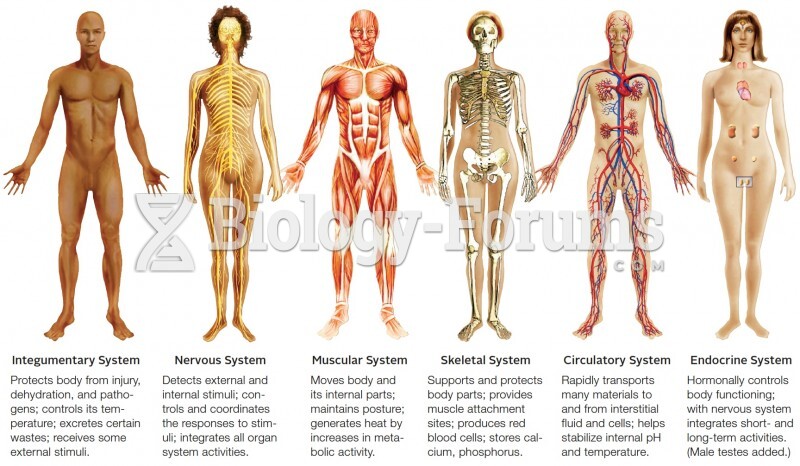Alvin Roth of Harvard won the 2012 Nobel Prize in Economics for designing systems that allocate resources in innovative ways. For example, he designed a system that matches donated kidneys to recipients waiting for such donations.
This system takes into account the needs of each perspective recipient, their blood type, and the urgency of their case. (Source: Washington Post, October 16, 2012) Based on the news clip above, the allocation of resources is made using A) market price.
B) auction.
C) lottery.
D) personal characteristics.
Question 2
The value of one more unit of a good or service is the
A) marginal benefit.
B) minimum price that people are willing to pay for another unit of the good or service.
C) marginal cost.
D) opportunity cost of producing one more unit of a good or service.
Question 3
Asian women lag far behind the West in their representation in management level positions.
The report by the McKinsley consulting company suggests that there is an opportunity for companies to recruit under-utilized female talent and do well financially as a result. (Source: The Economist, July 7, 2012) The fact that Asian women are currently less likely to be hired as managers is a result of the allocation system using which of the following methods for hiring? A) lottery
B) auction
C) first-come, first-served
D) personal characteristics
Question 4
The value of a good is equal to the
A) maximum price you are willing to pay for it.
B) price that you actually pay for it.
C) price you actually pay for it minus the maximum you are willing to pay for it.
D) maximum you are willing to pay for it minus the price you actually pay for it.
Question 5
Suppose the exchange rate for the U.S. dollar falls. This could be caused by
A) a decrease in U.S. import demand.
B) an increase in the world demand for U.S. exports.
C) an increase in the U.S. interest rate differential.
D) a fall in the expected future exchange rate.



